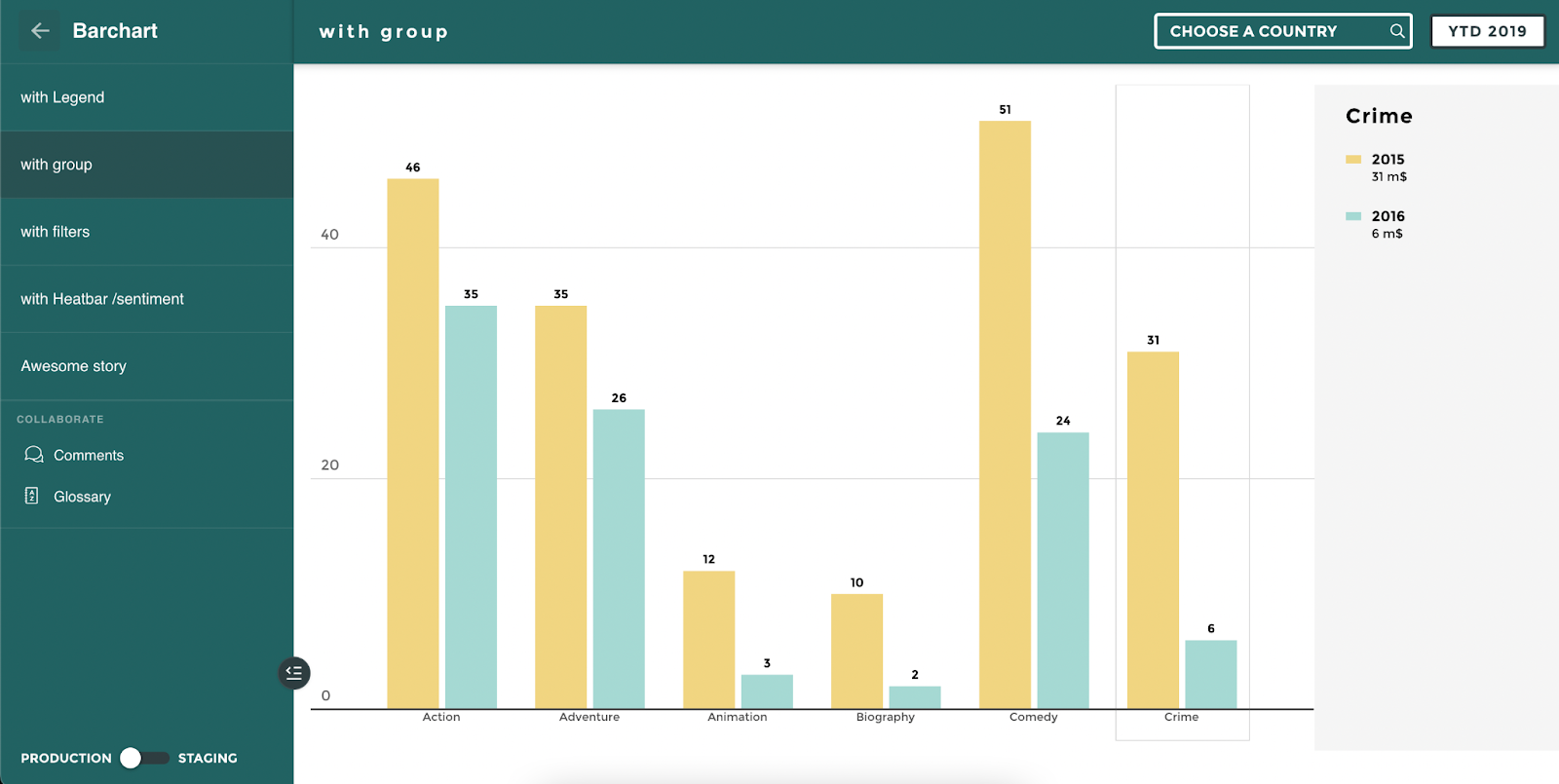$274 billion.
Just let that number sink in.
That’s how much people spent on analytics in the last year alone.
A quarter of a trillion dollars per year, yet only 24% say they’re getting value from their data because analytics are just too hard to use. And what’s the reason people are overpaying for their analytics? Data friction. Read on to find out more about what it is, how to find it, and what you can do about it.
There’s friction, or over-complexity, in every step of the process. It takes a Ph.D. just to connect to data, to make it ready, to get it into the right visualizations, and to distribute on web pages, on mobile devices, and in dashboards. And while there’s been a massive investment in powerful tools to access, store, model, automate, and analyze data, you’re pretty much out of luck unless you’re a data scientist, engineer, or willing to struggle through learning expert-grade tools.
The Result of Friction?
Data friction is impacting every aspect of your business.
Business users - the ones that need the insights to make important decisions - have to wait for others to build their tools and dashboards, causing unwanted delays. Not being able to access insights on time and be autonomous with the decision-making process hinders their workflow and eventually affects the profits of the company.
Business Analysts - the ones in charge of building the insights - are forced to maintain a plethora of complex and expensive tools. They are often completely backlogged with data requests, as only they can bridge data with actionable insights that the business users need.
Data and IT professions have the difficult task of maintaining multiple systems to extract, store, model, visualize and distribute structured data to the business analysts. Higher the number of systems, the higher the complexity involved in data analytics.
In short, data friction is Killing. Your. Business. It is making decisions slow and less reliable while driving up the cost and complexity of analytics.
What Happens if Data Friction isn’t Stopped?
With Data Friction running rampant in the analytics industrial complex, what will happen if it isn’t stopped?
- Companies will struggle to use data, increasing the percentage of users who don’t get value from their analytics to well over 76%.
- This will force companies to spend time and money chasing solutions that increase friction, instead of reducing it.
- Frustration will become the way of life in analytics. Companies will become disillusioned with data technology.
- With increased complexity and lack of results, decisions will be made without data, making them less reliable and less actionable.
Many of the popular analytical solutions have convinced us that data friction is inevitable and so businesses have come to accept friction as a necessary evil. The analytics industry has complicated the data analytics process from connection to visualization, to have multiple stages where they can overcharge and upsell. So how can you identify friction? Here are 10 common signs you can look out for.
01. Data connections that need more than a few clicks to connect with excel sheets, CSV files, on-premise databases or cloud databases.
02. Moving/ replicating data into a different database to be able to load into the analytics solution
03. Offering only a single user view of dashboards to admins, instead of a view as feature, so they can see the dashboards of users they are designing for.
04. Uni-directional data flow making sure that you cannot change data in the analytics solution, forcing you to make changes in the database and restart your analytics.
05. Code-oriented design process that stops non-technical users from being able to get actionable insights from data.
06. Hidden data preparation so users cannot edit fields or make changes without the help of technical users or the analytics support staff.
07. Division of prototype and production stages, so that designing and publishing analytics gets more complicated.
08. Technical Assistance needed to Embed analytics into your product. You should be able to embed analytics with one click.
09. Device-related design that makes sure analytics can only be displayed on the device you designed it in. Analytics should always be responsive too fit any device, a PDF or even a data wall.
10. Lack of context in your analytics solution, making it so that even when users have the information, they cannot understand its meaning or use it efficiently.
See a detailed breakdown of the signs of data friction here.
Now that you know what data friction is and the forms that it can take, it’s time to eliminate it. Join our fight in destroying data friction so that we can have a frictionless analytics industry, where everyone can get actionable insights from data, not just the people with Ph.Ds.
Everything we do is designed to remove friction and make things easier for users. See for yourself.





